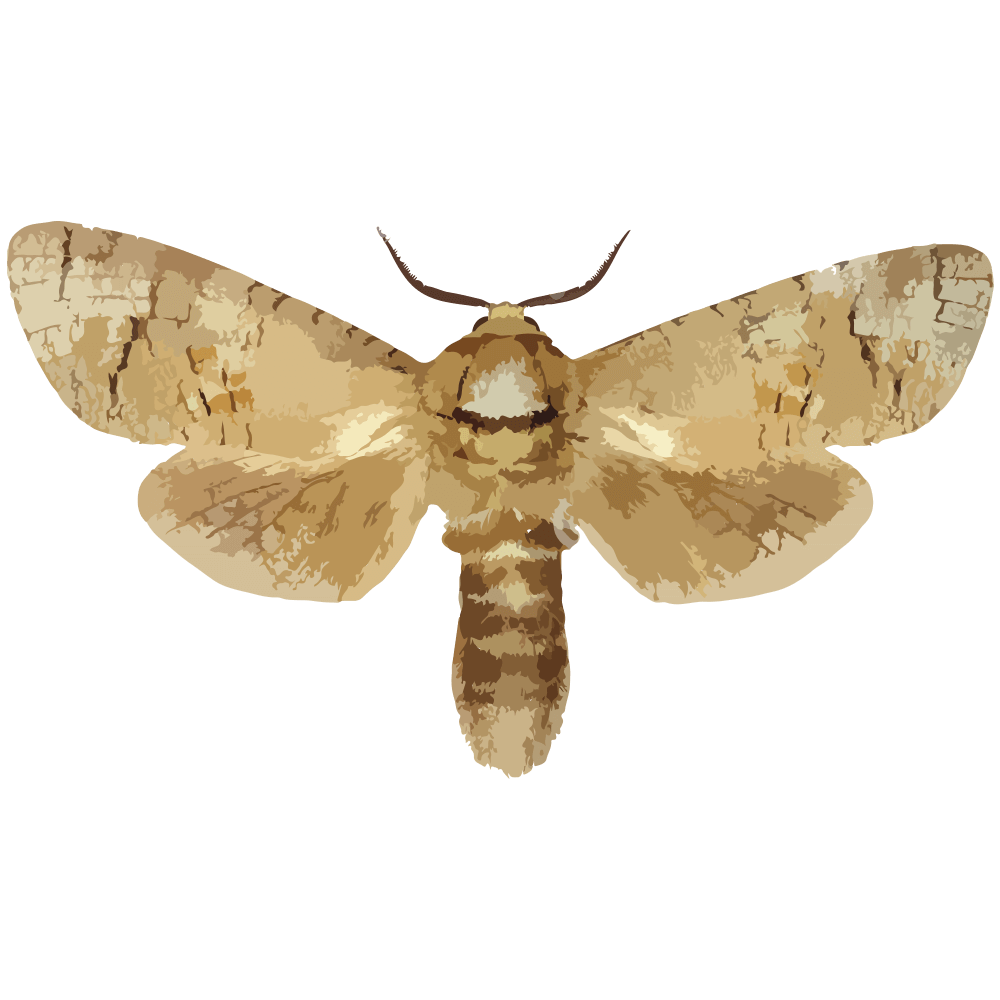


| Latin Name | Cossus cossus |
| Common Name | Goat moth |
| Biology | Adults are nocturnal with phototaxis, laying eggs on bark fissures or wounds of tree trunks. Larvae measure 50-70 mm in length, with a dark brown head, purplish-red dorsum, and a foul odor (hence the name "fragrant"). They bore into tree trunks, creating wide tunnels that damage the tree's vascular tissues, leading to stunted growth, increased wind breakage susceptibility, and exudation of large amounts of frass at infestation sites. This species completes one generation annually, with larvae overwintering within tree trunks. |
| Damage | This pest primarily damages poplars, willows, elms, apple trees, and other species |
| Distribution Regions | Eurasia |
| Monitoring | Pheromone lures mimic natural sex pheromones to attract male insects into specialized traps for population monitoring and suppression. As a core IPM component, monitoring enables early risk detection and targeted control. Mass trapping reduces mating opportunities to curb offspring populations. Protocols: ●Use only with matched traps. ●15-45 traps/hectare,replace/replenish every 4-6 weeks. ●Wear gloves or wash hands with detergent when switching lure types. ●Refer to trap-specific hanging instructions. |
| Recommended Traps | Delta Trap, Wing Trap |

分享您的联系信息,即可获得精准匹配的信息素解决方案。如果我们现有的产品组合缺乏最佳匹配,我们的合成化学团队将启动定制开发——从分子结构设计到规模化生产。